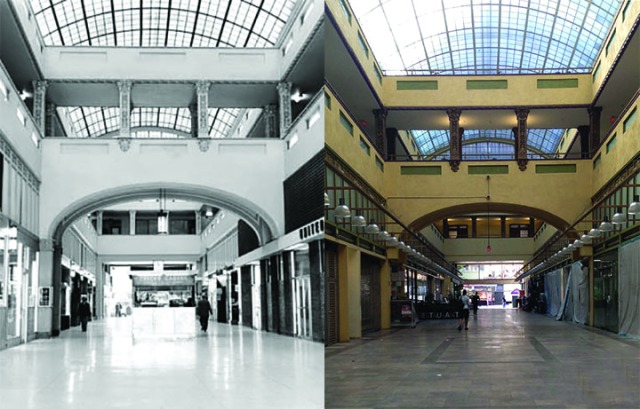The LA84 Foundation headquarters is located in Jefferson Park and has funded youth sports programs in Southern California since the profitable 1984 Olympics held in Los Angeles. For over two decades this organization has given money to schools and after school programs in order to ensure an enhanced experience for the countless young participants throughout the years. It is one of the oldest foundations to date that focuses on the youth in urban Los Angeles.
This foundation was founded with the intention of funding youth sports programs in Southern California for the foreseeable future and has done just that. Since its founding, LA84 has given $200 million in grants to roughly 1,200 non-profit organizations.
LA84’s mission is to “serve youth through sport and to increase the knowledge of sports and its impact on people’s lives.” They consistently award beneficial grants to youth sports organizations. However, the organization seeking funding through the “grant making” process must be located in one of the eight Southern California countries to be eligible to apply.
“We want all kids to have the opportunity to play sports, but it starts right here in Los Angeles,” says Gabby Tovar, manager of grants and programs.
The organization must also serve youth ages 6-17 and have “open, non-restrictive membership,” meaning it does not discriminate based on race, creed, sexual orientation, religious believes, or nationality; this according to LA84’s grant guidelines.
“We just try to create a comfortable environment no matter the age or how they look. We just want them to be able to come around be true to themselves,” says LA84 Board Member Rafer Johnson.
Most of the programs that apply are non-profit organizations run by volunteers, like Little League, A.Y.S.O., and other sports leagues. They are not structured to raise a lot of money, so many of their grant requests are usually to get equipment, rent facilities, pay for uniforms and officials, or even pay for scholarships to support kids who cannot afford the fees. These types of organizations are extremely important to the community. Studies show that sports exist as an outlet for countless children. As a result, The LA84 Foundation says in recent years, it has received more requests from social service agencies that include sports in their programs.
“Our partnership with LA84 has been a long and beneficial one,” says Richard Witt, a Mount Sac middle school representative. “There have been more and more organizations surfacing to focus in on our youth, but nobody has done it better or longer than LA84.”
LA84 believes that there is no reason a child should not be able to participate in an after school program because of money issues. Therefore, LA84 prioritizes organizations in the L.A. that fund low-income or high-risk, under-served youth.
“[This organization] gives us the opportunity to provide a place of play for youngsters in our community; [it] provides opportunity for healthy activity and becomes space where we can develop future leaders,” said Los Angeles Dodgers Foundation Executive Director Nichol Whiteman after recently partnering with LA84 to open up two new “dreamfields” in Los Angeles.
The foundation has analyzed data, noticing a correlation between a drop in the number of middle school students participating in sports and the number of students dropping out of school.
“Kids begin to consider dropping out of school while they are in middle school according to the statistics,” says Tovar.
At the beginning of the partnership, there were sports programs at 89 middle schools, now they fund programs at all 98 middle schools.
Aside from funding youth sports programs, the foundation also runs their own own. They have two different ones: Run4Fun and Summer Aquatics.
Run4Fun teaches students about long distance running and helps them train, whether it is for fitness or fun, while the Summer Aquatics program allows youth to develop their skills in swimming and diving.
“The programs we have began to run our own have become very successful, and what I enjoy most about them is being able to interact with a variety of different organizations on a day-to-day basis to create something special,” says Tovar.
LA84 also focuses on coaching education. They have clinics and online resources so coaches can give kids a positive sports experience, and possibly make an impact on their lives.
President of the LA84 foundation, Anita DeFrantz, says, “It’s always been our focus to make the community the big winner here. Every kid deserves to be able to go play on a basketball court without cracks and the fact that our parks are being used everyday makes it all worth it.”























